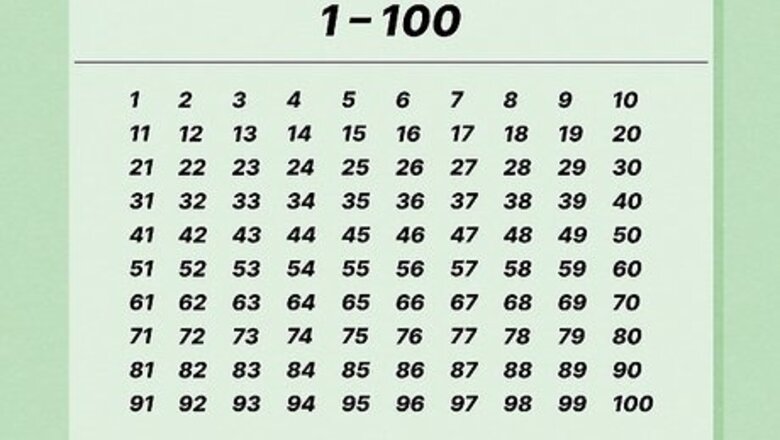
views

Get a number chart. These are easy to find by searching for 100, 200 or 300 number charts. A lot of different choices appear.

Have your child or students cross off all multiples of 2 that are greater than 2. Make sure that they do not eliminate 2 but start with 4 then 6, 8, etc.
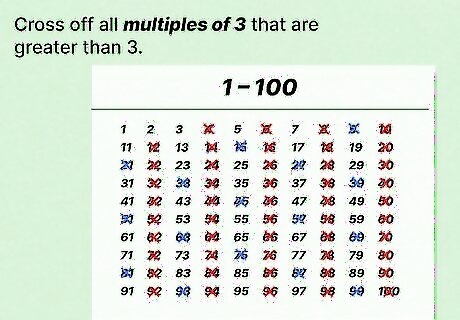
Have them cross off all multiples of 3 that are greater than 3. Start with 6, 9, etc.

Move on to all the multiples of 5 greater than 5. Start with 10,15, etc.
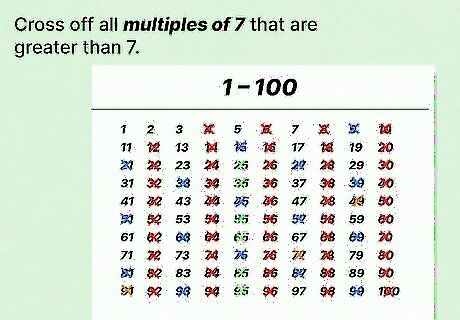
Have them cross off all multiples of 7 starting with 14. (Several of them will already be marked off and that is OK.)

Ask them to strike out the multiples of 11 and 13 as well. Make your student realize that they just cancelled the multiples of prime numbers only. Students may need to cancel out the multiples of consecutive prime numbers as well depending on the range of your number chart. The remaining table is ready for your student to observe and understand.

Look at what's left. When completed, all that should be left are prime numbers and 1. Explain that all the numbers crossed off are composite numbers because they have more than 1 factor pair. A prime number has only one factor pair, 1 and itself.
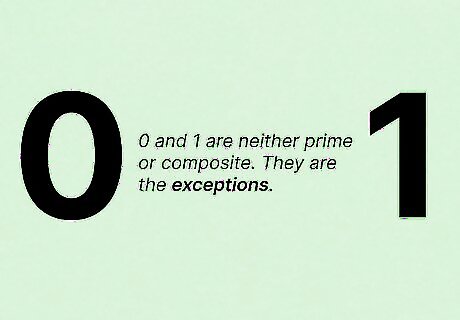
Discuss that 0 and 1 are neither prime or composite. They are the exceptions. Depending on the grade level of the child, you may want to discuss the more complex definitions as listed under the citation part of this article. With younger students, just talk about them being the exceptions.

Ask how many prime numbers are even. (Hint: there should only be 1. It is 2!)











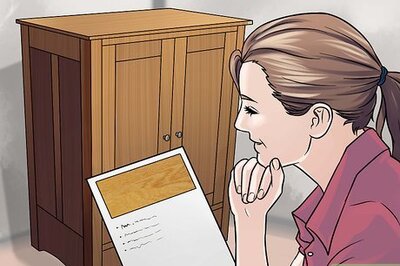





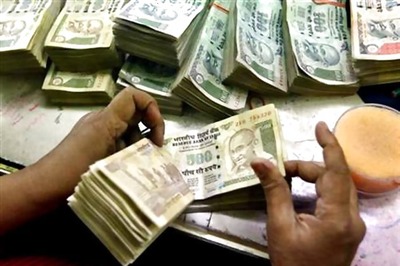


Comments
0 comment